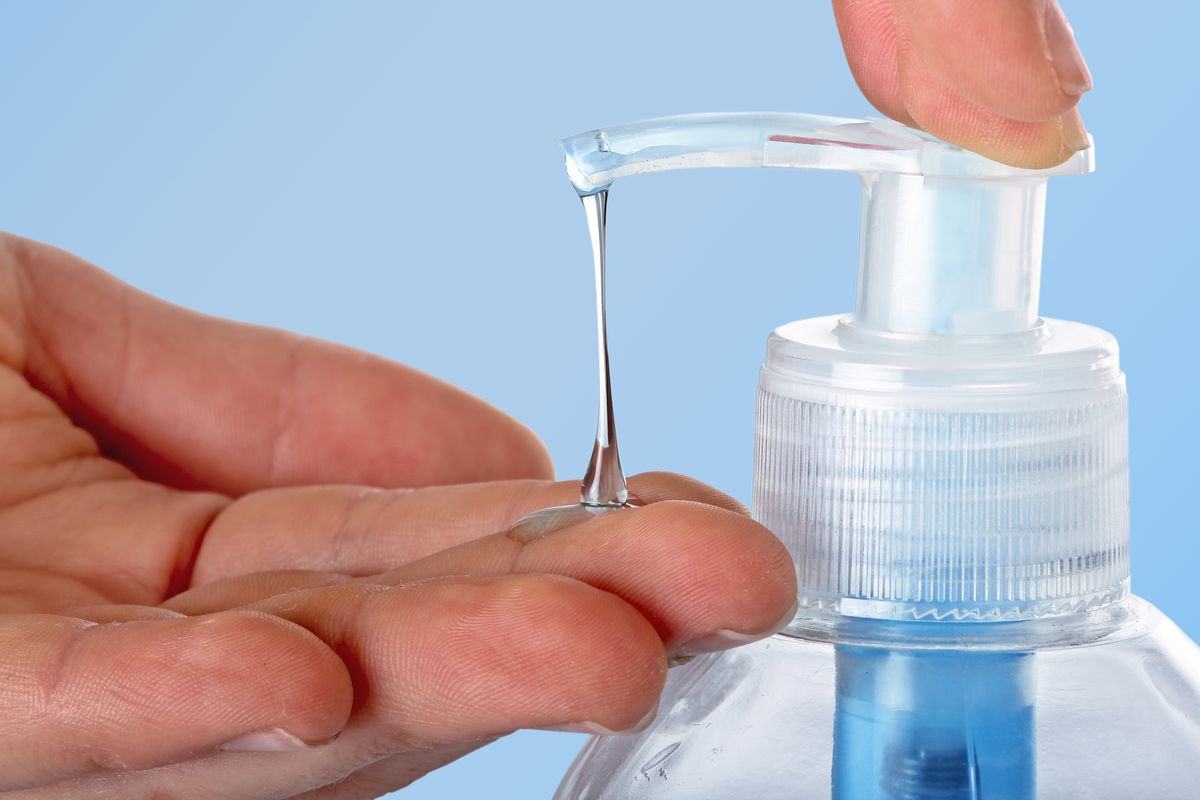Maintaining a clean and hygienic environment is crucial for our health and well-being. This is especially true in public spaces, workplaces, and healthcare facilities. Hygiene systems play a vital role in achieving and maintaining this cleanliness by providing controlled dispensing and disposal solutions for essential hygiene products.
This article delves into the world of hygienesystems, exploring their types, benefits, and how they contribute to improved sanitation practices.
Understanding Hygiene Systems: Beyond Soap and Paper Towels
While soap and paper towels are essential hygiene supplies, hygiene systems encompass a broader range of products and functionalities. They include:
- Dispensing Systems: These control the measured delivery of hygiene products like soap, hand sanitizer, paper towels, toilet paper, and feminine hygiene products. Common examples include automatic dispensers for soap and sanitizer, touch-free paper towel dispensers, and controlled-roll toilet paper dispensers.
- Sanitary Disposal Units: These provide hygienic disposal solutions for used hygiene products. Examples include bins with foot pedals for hands-free operation and specialized sanitary disposal units for feminine hygiene products.
- Air Freshening Systems: These automatically dispense fragrances to maintain a pleasant odor in restrooms and other public areas.
These systems are often designed to be automatic, touch-free, and refillable, promoting better hygiene practices and reducing waste.
The Benefits of Utilizing Hygiene Systems
Hygiene systems offer a multitude of advantages over traditional methods of dispensing and disposing of hygiene products. Here’s a closer look:
- Improved Hygiene: Touch-free dispensing minimizes the spread of germs, particularly beneficial in high-traffic areas. Controlled dispensing reduces product waste and ensures consistent availability.
- Enhanced User Experience: Automatic dispensers are convenient and user-friendly. Sanitary disposal units promote a cleaner and more pleasant restroom environment.
- Cost-Effectiveness: Controlled dispensing helps reduce product waste, leading to long-term cost savings. Refillable systems further enhance cost-efficiency.
- Reduced Maintenance: Many hygiene systems are designed for minimal maintenance, with features like low refill alerts and easy cleaning procedures.
- Sustainability: Refillable systems and controlled dispensing contribute to reducing environmental impact. Some systems even use recycled materials or promote water conservation.
Diverse Applications for Hygiene Systems
Hygiene systems find application in a wide range of environments, including:
- Public Restrooms: These are prime locations for hygiene systems, ensuring proper handwashing, waste disposal, and air freshening.
- Workplaces: Offices, factories, and break rooms benefit from hygiene systems for maintaining cleanliness and employee health.
- Healthcare Facilities: Hospitals, clinics, and nursing homes require high hygiene standards, and controlled dispensing systems are crucial.
- Educational Institutions: Schools and universities require hygiene systems to promote good hygiene practices among students and staff.
- Restaurants and Food Service: Maintaining hygiene is essential in food preparation and serving areas. Hygiene systems ensure proper handwashing and sanitation.
Innovations and Trends in Hygiene Systems
The hygiene systems industry is constantly evolving, with advancements in technology and a growing focus on sustainability. Here are some key trends:
- Smart Systems: Internet-of-Things (IoT) enabled hygiene systems can monitor product levels, track usage data, and even schedule automated refills.
- Touchless Technology: Sensor-based dispensing and disposal units ensure maximum hygiene by minimizing touchpoints.
- Biodegradable Materials: Manufacturers are increasingly using eco-friendly materials for dispensers and consumables.
- Water-saving Technologies: Systems promoting water conservation in handwashing and flushing are gaining traction.
- Aesthetics and Design: Hygiene systems are no longer purely functional; manufacturers are offering sleek and modern designs that complement various environments.
Choosing the Right Hygiene System for Your Needs
With the diverse range of hygiene systems available, selecting the right one for your needs is crucial. Here are some factors to consider:
- The type of environment: Assess the specific hygiene requirements of your location.
- Usage volume: Choose a system with a capacity that meets your expected usage.
- Budget: Consider the initial investment versus long-term cost savings benefits.
- Maintenance requirements: Select a system that is easy to maintain and refill.
- Sustainability: Opt for systems with eco-friendly features and refillable options.
Consulting with a reputable hygiene systems provider can help you navigate your options and choose the most suitable solutions.
Conclusion: Investing in Hygiene Systems for a Healthier Future
Hygiene systems are more than just convenient dispensers; they are crucial tools in promoting good hygiene practices and creating cleaner, healthier environments. As technology advancements and sustainability concerns continue to shape the industry, hygiene systems will play an increasingly vital role in safeguarding public health and well-being in the years to come.




